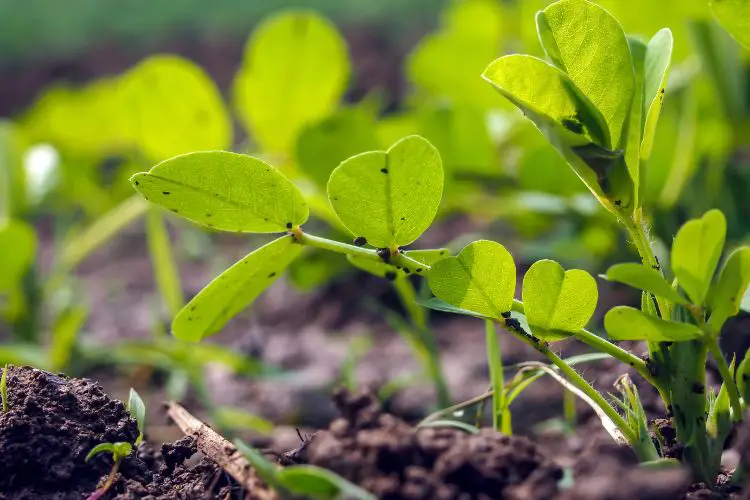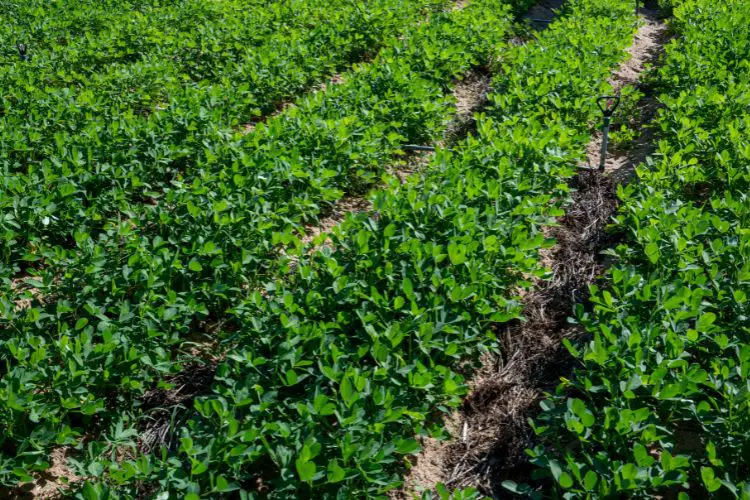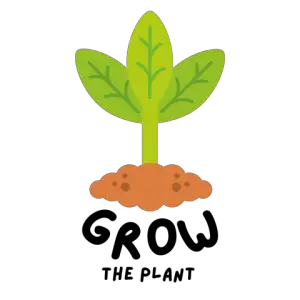Learn the secrets to successful peanut cultivation with our comprehensive guide! Whether you’re a novice gardener or a seasoned pro, this article will equip you with the knowledge and skills needed to grow your own delicious peanuts at home. From selecting the right soil to harvesting your crop, we’ve got you covered every step of the way.
Understanding Peanut Cultivation

The History of Peanuts
Peanuts, also known as groundnuts, are believed to have originated in South America, where they have been cultivated for thousands of years. They were introduced to the rest of the world by Spanish explorers in the 16th century. Today, peanuts are grown in many countries around the world, with China and India being the largest producers.
The Benefits of Growing Peanuts at Home
Growing peanuts at home can be a rewarding experience for any gardener. Not only are peanuts a delicious and nutritious snack, but they also have the added benefit of enriching the soil with nitrogen. Additionally, home-grown peanuts are free from the pesticides and preservatives that are often found in store-bought peanuts, making them a healthier option for you and your family.
Preparing for Peanut Cultivation
Selecting the Right Peanut Varieties

Before you start growing peanuts, it’s important to choose the right variety for your growing conditions. Some popular peanut varieties include Virginia, Spanish, and Valencia. Consider factors such as the length of your growing season and the climate in your area when selecting the variety that will thrive in your garden.
Choosing the Ideal Growing Conditions
Peanut plants thrive in warm climates with plenty of sunlight. They require well-drained, sandy soil with a pH level in the acidic range. If you’re unsure about the acidity of your soil, you can have it tested at a local agricultural extension office. Peanuts grow best in areas with a long, warm growing season, such as the southern United States.
Preparing the Soil for Planting Peanuts
Once you’ve selected the right variety and identified the ideal growing conditions, it’s time to prepare the soil for planting. Start by clearing the planting area of any debris and weeds. Then, incorporate organic matter into the soil to improve its fertility and drainage. Make sure the soil is loose and well-aerated to accommodate the developing peanut pods.
Planting Peanuts
Sowing Peanut Seeds
Peanuts are typically planted from seeds rather than transplants. Plant the seeds directly into the prepared soil after the last frost date has passed. Make sure the soil temperature is consistently above 65°F for successful germination.
Proper Spacing and Depth for Planting
Plant the peanut seeds about 1 to 2 inches deep and 6 to 8 inches apart in rows that are 24 to 36 inches apart. This spacing allows the peanut plants to have enough room to develop without crowding each other.
Caring for Peanut Seedlings
Once the peanut seedlings emerge, it’s important to keep the soil consistently moist but not waterlogged. Mulching around the plants can help retain moisture and suppress weed growth.
Maintaining Healthy Peanut Plants

Watering and Irrigation Techniques
Peanut plants require about 1 to 1.5 inches of water per week, either from rainfall or irrigation. Be sure to water the plants deeply to encourage the development of healthy, well-filled pods.
Fertilizing Peanut Plants
Peanut plants have a high demand for nutrients, especially during pod development. Fertilize the plants with a balanced fertilizer that is low in nitrogen but high in phosphorus and potassium to promote healthy pod formation.
Controlling Weeds and Pests in Peanut Fields
Regularly inspect the peanut plants for signs of weeds and pests. Hand-pull weeds to prevent competition for nutrients, and use organic pest control methods to manage common pests such as aphids and caterpillars.
Harvesting and Storing Peanuts
Knowing When Peanuts are Ready for Harvest
Peanuts are ready for harvest when the leaves turn yellow and the pegs (the structures that carry the developing pods) start to penetrate the soil. This usually occurs about 120 to 150 days after planting, depending on the variety and growing conditions.
Proper Techniques for Harvesting Peanuts
Carefully lift the peanut plants from the ground and shake off the excess soil. Allow the plants to dry for a few days in a warm, well-ventilated area before removing the pods.
Curing and Storing Peanuts for Long-Term Use
After harvesting, hang the plants in a warm, dry location to cure for about two weeks. Once the pods are fully dried, remove them from the plants and store them in a cool, dry place. For long-term storage, place the peanuts in airtight, freezer-safe containers.
In conclusion, growing peanuts at home can be a fun and rewarding experience. By following the steps outlined in this guide, you can successfully cultivate your own delicious peanuts and enjoy the satisfaction of harvesting and enjoying your home-grown crop. Whether you’re a novice gardener or a seasoned pro, the secrets to successful peanut cultivation are now within your reach.
